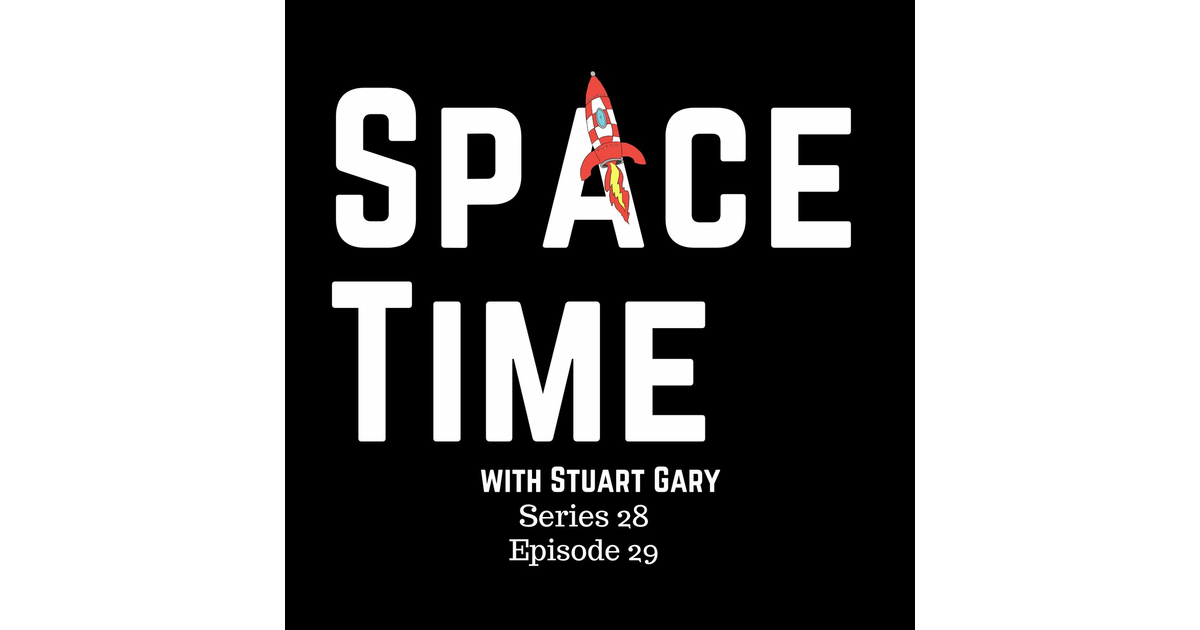-
NASA’s Newest Telescope Just Woke Up and It’s About to Change Astronomy
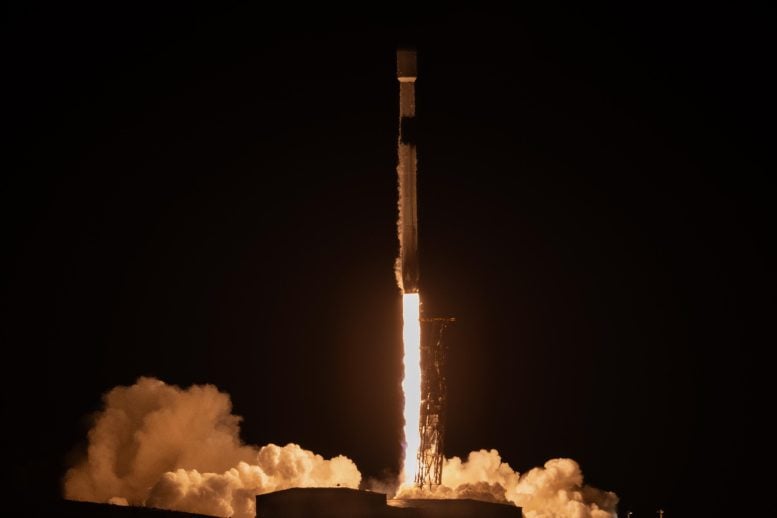
A SpaceX Falcon 9 rocket, carrying NASA’s SPHEREx (Spectro-Photometer for the History of the Universe, Epoch of Reionization and Ices Explorer) observatory and PUNCH (Polarimeter to Unify the Corona and Heliosphere) satellites, launches from Space Launch Complex 4 East at Vandenberg Space Force Base in California on Tuesday, March 11, 2025. SPHEREx will use its…
-
Mysterious radio pulses from space have been tracked down – and the source is not what astronomers expected

In the past three years, astronomers have discovered a mysterious new type of radio source. We call these long period transients. These objects emit bright radio signals that repeat every few minutes to every few hours. We have found about a dozen examples, but we still don’t understand which type of star could emit radio…
-
Astronomers crack the case of a mysterious deep space radio signal that repeats every 2 hours
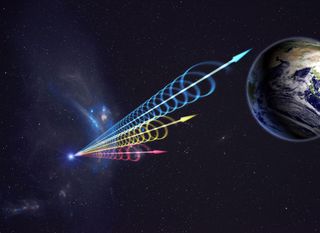
Astronomers have cracked the case of a mysterious repeating radio signal that has been a mystery since it was uncovered last year. The team tracked the signal back to a strange binary system containing a dead star or “white dwarf” and a red dwarf stellar companion. The radio pulse repeats every 2 hours and was…
-
Saturn Gains 128 New Moons, Bringing Its Total to 274
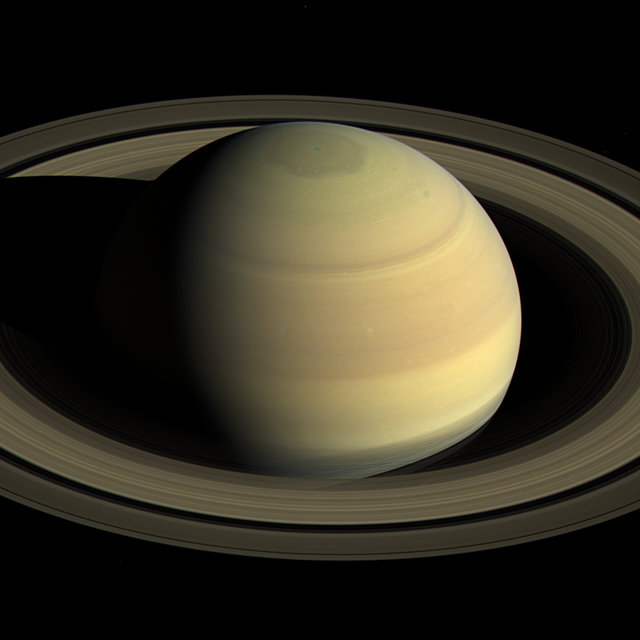
The objects around the ringed planet are tiny, but some of them may have formed relatively recently in the solar system’s history. Astronomers say they have discovered more than 100 new moons around Saturn, possibly the result of cosmic smashups that left debris in the planet’s orbit as recently as 100 million years ago. The…
-
Mysterious object lurking in our solar system could help us crack the ‘3-body problem’
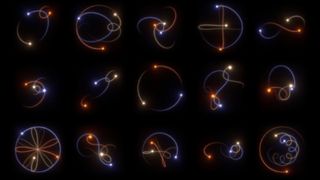
Astronomers may have just identified a rare example of a “three-body problem” hiding in plain sight beyond the solar system’s most distant planet. If the observation can be confirmed, it suggests that many more cosmic triplets could be hiding in the outer reaches of our cosmic neighborhood, researchers say. Back in 2001, astronomers discovered what…
-
Callisto’s Ocean Secrets, Lasers Unveiling Mars’ Past Life, and ISS Cleanliness Concerns: S28E29 – SpaceTime: Space & Astronomy
SpaceTime Series 28 Episode 29The Astronomy, Space and Science News PodcastExploring Callisto’s Ocean Potential, Laser Fossil Detection on Mars, and ISS Cleanliness ConcernsIn this episode of SpaceTime, we dive into exciting new research suggesting that Jupiter’s moon Callisto may harbor a subsurface ocean, potentially making it another ocean world in our solar system. This revelation…
-
Frontiers | Editorial: Past, present and future of multispacecraft measurements for space physics

Measurements of space plasmas have remained challenging as they must cover multiple species, a wide range of flux levels and energies, and time and spatial scales that range over orders of magnitude. Interactions between a wide variety of fundamental physical processes that occur both on both macroscopic and kinetic scales ultimately determine the modes and…
-
How to photograph the moon: Tips on camera gear, settings and composition
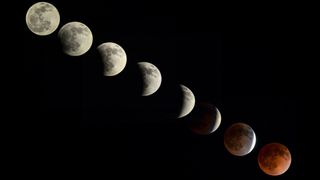
How to photograph the moon When it comes to taking pictures of the night sky, photographing the moon is a fascinating and rewarding experience for photographers of all levels. Luckily, it’s also one of the more straightforward astrophotography skills to master, so it’s a great place to start for beginners in astrophotography. It’s especially timely…
-
Federal Shake-up: Impacts on Space Science and U.S. Leadership
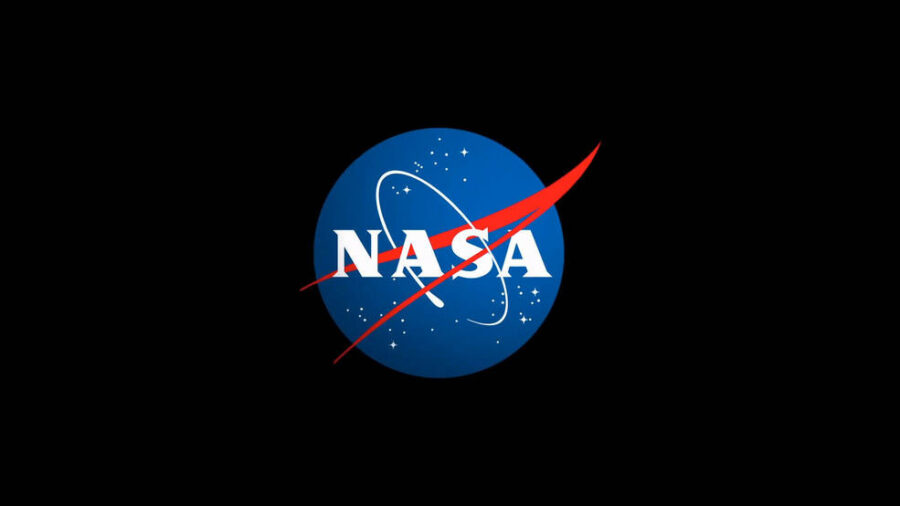
The ongoing steps taken by President Donald Trump’s administration to transform and reduce in size the federal workforce is already impacting the space science and exploration community, with more changes head. The shake-up includes the President Trump-okayed establishment of the Department of Government Efficiency (DOGE), an advisory group to streamline the federal government. Billionaire Elon…
-
Orion’s Influence on Earth’s Climate, Mars’ Wet Past Revealed, and Europa Clipper’s Journey: S28E28 – SpaceTime: Space & Astronomy
The Astronomy, Space and Science News PodcastEarth’s Climate Shaped by Orion, New Insights into Mars’ Red Color, and NASA’s Europa Clipper Mission UpdateIn this episode of SpaceTime, we explore a groundbreaking study suggesting that Earth’s climate may have undergone significant changes around 14 million years ago due to our solar system’s journey through the Orion…
